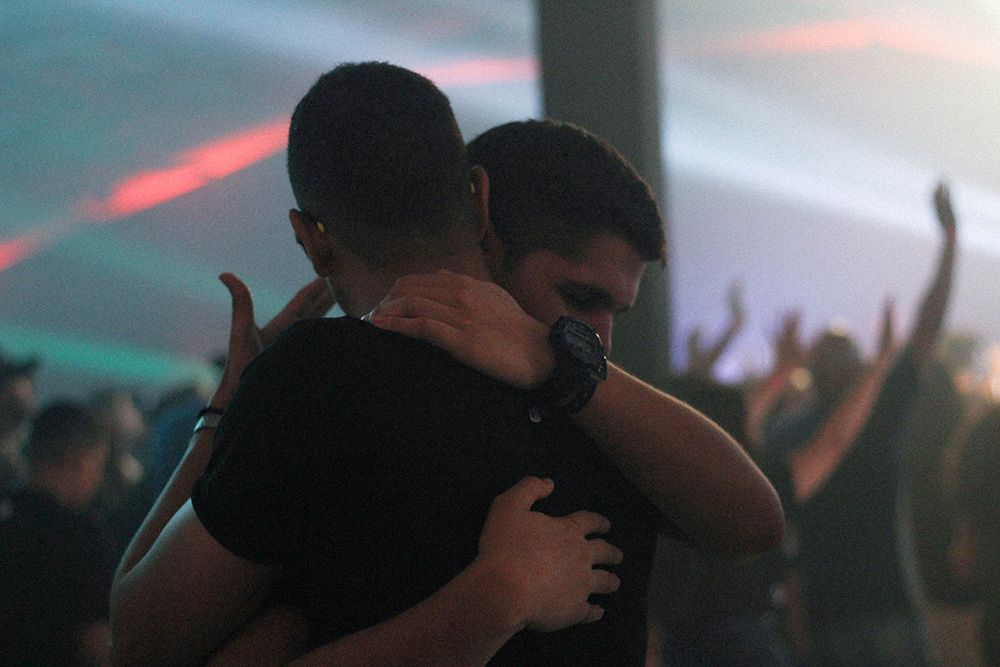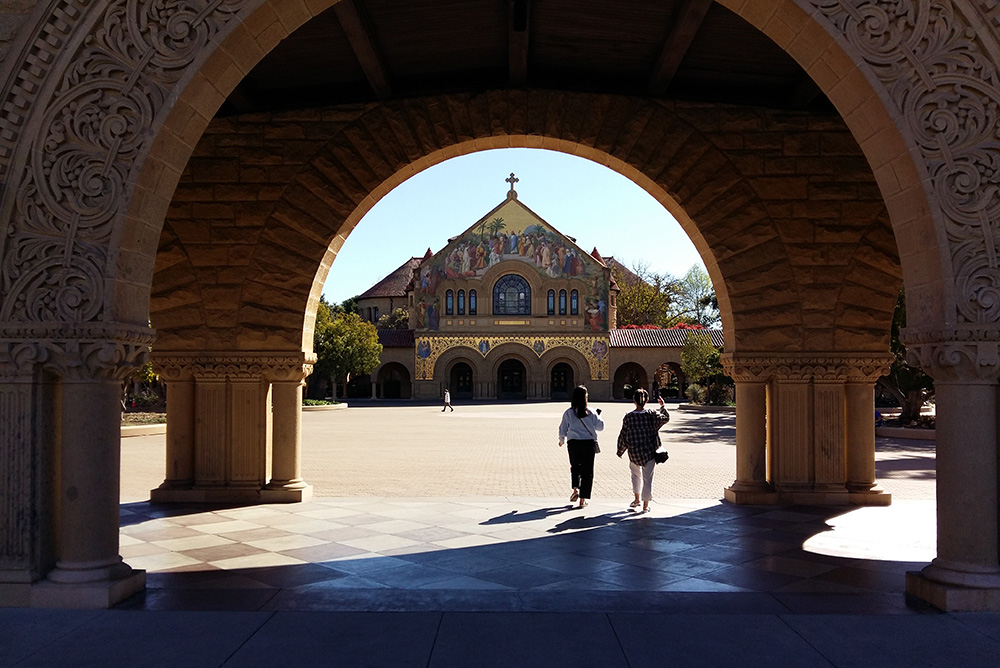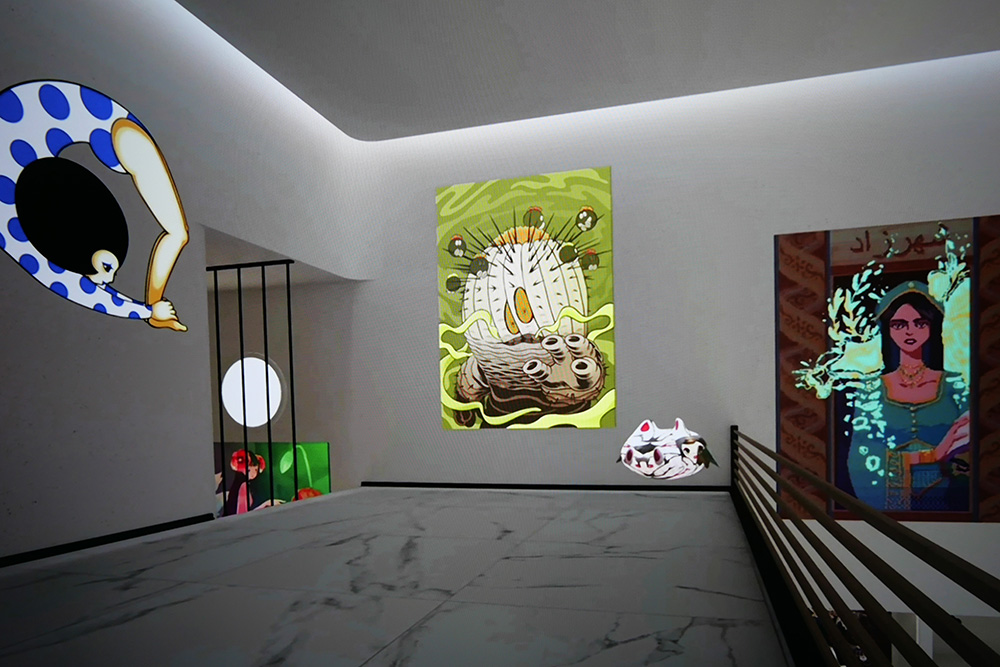According to Mission Local, a policy proposal heading for Board of Supervisors approval next week would explicitly authorize San Francisco police to kill suspects using robots. It is the following wording that is causing discussion: “Robots will only be used as a deadly force option when risk of loss of life to members of the public or officers are imminent and outweigh any other force option available to SFPD.” According to the local newspaper, this could mark a legal crossing of the Rubicon: “Robot use-of-force has never before been approved, nor has it ever been prohibited, in San Francisco.” (Mission Local, 22 November 2022) Of what kind of arsenal are we talking, anyway? “The SFPD has 17 robots in its arsenal, 12 of which it describes as fully functional. According to police spokesperson Officer Robert Rueca, they have never been used to attack anyone. The robots are remote-controlled, and are typically used to investigate and defuse potential bombs or to surveil areas too awkward or dangerous for officers to access.” (Mission Local, 22 November 2022) In August 2022, Oliver Bendel gave a talk about police robots at the Robophilosophy 2022 conference. The paper will be published in a few weeks.
Hugged by a Robot
The HUGGIE project at the School of Business FHNW is moving forward. Under the supervision of Prof. Dr. Oliver Bendel, the team of four (Andrea Puljic, Robin Heiz, Ivan De Paola, Furkan Tömen) will test a hug doll on users until January 2023. It is already known that warmth and softness of the arms and body are desired. Now the team is investigating whether, for example, voice, vibration and smell also increase acceptance. The key question of the practical project is: Can a social robot help increase physical and mental well-being through hugs and touches, and what factors should be taken into account? The basis of HUGGIE is a dressmaker’s dummy. Added to this are clothing, a warming element, a vibration element, and an audio system. In addition, a scent is applied. The arms are moved by invisible strings so that active hugs are possible. Overall, the impression of a hugging robot is created. A trial run with 65 test persons took place in a Swiss company in November 2022. They were hugged by HUGGIE and a giant teddy bear. Based on the results and impressions, the questionnaire and the test setup will be improved. From the end of November 2022, the project will enter its final phase, with implementation and evaluation of the tests.
Proceedings of “How Fair is Fair? Achieving Wellbeing AI”
On November 17, 2022, the proceedings of “How Fair is Fair? Achieving Wellbeing AI” (organizers: Takashi Kido and Keiki Takadama) were published on CEUR-WS. The AAAI 2022 Spring Symposium was held at Stanford University from March 21-23, 2022. There are seven full papers of 6 – 8 pages in the electronic volume: “Should Social Robots in Retail Manipulate Customers?” by Oliver Bendel and Liliana Margarida Dos Santos Alves (3rd place of the Best Presentation Awards), “The SPACE THEA Project” by Martin Spathelf and Oliver Bendel (2nd place of the Best Presentation Awards), “Monitoring and Maintaining Student Online Classroom Participation Using Cobots, Edge Intelligence, Virtual Reality, and Artificial Ethnographies” by Ana Djuric, Meina Zhu, Weisong Shi, Thomas Palazzolo, and Robert G. Reynolds, “AI Agents for Facilitating Social Interactions and Wellbeing” by Hiro Taiyo Hamada and Ryota Kanai (1st place of the Best Presentation Awards) , “Sense and Sensitivity: Knowledge Graphs as Training Data for Processing Cognitive Bias, Context and Information Not Uttered in Spoken Interaction” by Christina Alexandris, “Fairness-aware Naive Bayes Classifier for Data with Multiple Sensitive Features” by Stelios Boulitsakis-Logothetis, and “A Thermal Environment that Promotes Efficient Napping” by Miki Nakai, Tomoyoshi Ashikaga, Takahiro Ohga, and Keiki Takadama. In addition, there are several short papers and extended abstracts. The proceedings can be accessed via ceur-ws.org/Vol-3276/.
United Robotics Group launches Plato
United Robotics Group launched the Plato serving robot in Europe and the United States in November 2022. This is according to a press release from the recently formed European alliance of companies and experts. “By combining the functions of industrial and social robotics, with its optimal HRI (Human-Robot Interface), Plato inherits not only the interactivity and expressivity from the world’s well-known humanoid robots Pepper and NAO but also comes with high-level standards of stability and reliability.” (Press Release, November 2022) The reference to industrial robotics is noteworthy, as it is more of a combination of service robotics and social robotics. It is typical that transport robots (think of Relay) and security robots (think of the latest model of K5) are given social features and capabilities such as eyes, mouth, or natural speech. The alliance also uses the unusual term “cobiot” to refer to a mobile robot that assists and collaborates with humans. “The cobiot, designed in Paris and manufactured in France to function in lively, fast-moving environments like restaurants, features an autonomous mobile platform and smart indoor navigation system, destined to support the hospitality and food industry service workers with delivery experiences and advanced safety features.” (Press Release, November 2022) Plato is a competitor of BellaBot, a serving robot with a cat face from Pudu Robotics in China. This robot is in use in Poland, Slovenia, Germany, and Switzerland, for example. It will be interesting to see which model the guests in Europe will prefer.
Metaverse Exhibition at Biennale Arte 2022
The 59th International Art Exhibition (Biennale Arte 2022) runs from 23 April to 27 November 2022. The main venues of the Biennale are Giardini and Arsenale. In the northern part of Arsenale, visitors will find many rooms with screens showing art projects around and from the Metaverse. The “1st Annual METAVERSE Art @VENICE”, an exhibition conceived by Victoria Lu, a famous art critic and curator of the Chinese artistic world, opened with gEnki, an interactive exhibition that exploits the potential of the Internet and virtual reality. “The exhibition offers a new model of ‘decentralized autonomous curatorship’, exploring various innovative and always different exhibition methods using all the main features of the ‘DAO’ (short for Distributed Autonomous Organization), therefore crowdfunding, co-construction, interconnection of platforms, high level of decentralization, all adapted to the curational concept.” (Flyer gEnki) The exhibition is very inspiring and shows how the Metaverse could become if it would not only follow commercial considerations. More information via annualmetaverseart.com.
Accepted Papers of ACI’22
The conference program for ACI’22 will be available in the course of November. In the meantime, the website lists the accepted papers in alphabetical order. Among them are the papers “A Face Recognition System for Bears: Protection for Animals and Humans in the Alps” (Oliver Bendel and Ali Yürekkirmaz), “A Framework for Training Animals to Use Touchscreen Devices for Discrimination Tasks” (Jennifer Cunha and Corinne Renguette), “Politicising Animal-Computer Interaction: an Approach to Political Engagement with Animal-Centred Design” (Clara Mancini, Orit Hirsch-Matsioulas, and Daniel Metcalfe), and “TamagoPhone: A framework for augmenting artificial incubators to enable vocal interaction between bird parents and eggs” (Rebecca Kleinberger, Megha Vemuri, Janelle Sands, Harpreet Sareen, Janet M. Baker). ACI2022 will take place 5-8 December 2022, hosted by Northumbria University, Newcastle upon Tyne, UK.





